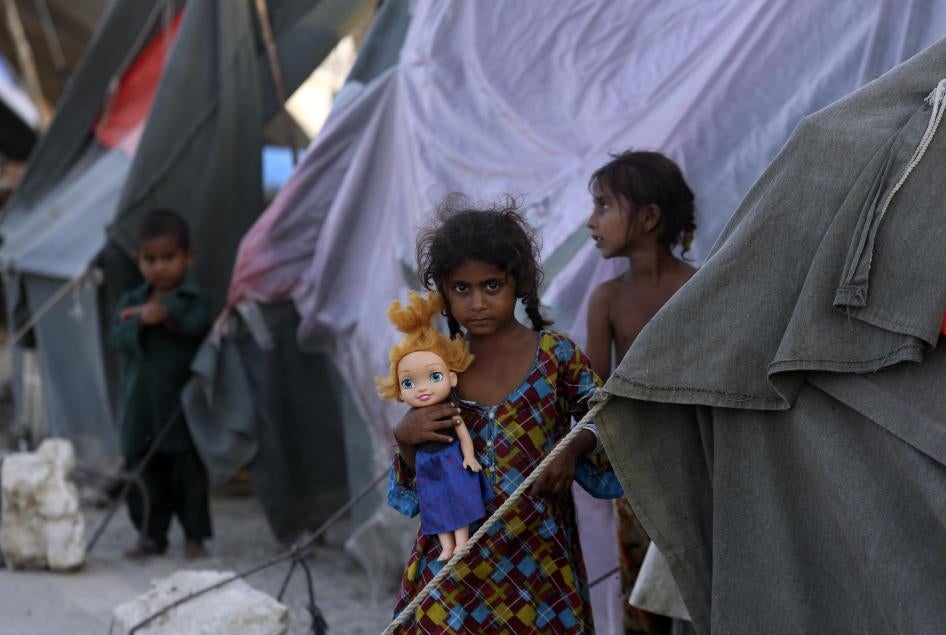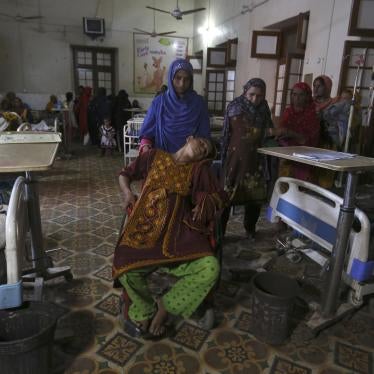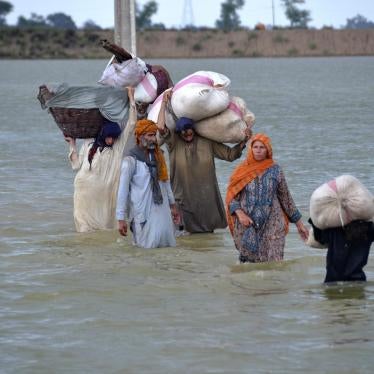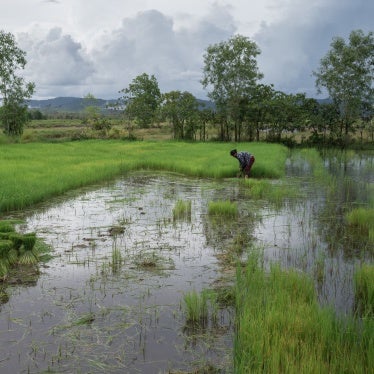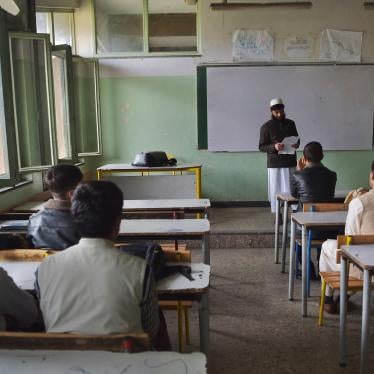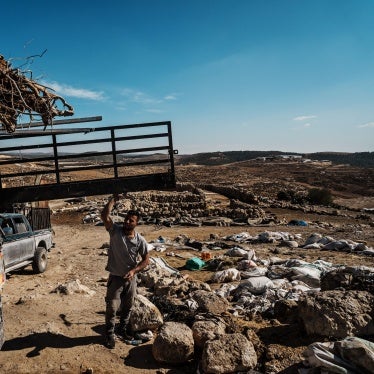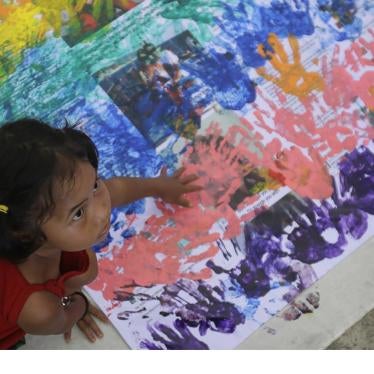Disastrous floods now cover nearly one-third of Pakistan, causing billions of dollars in damages to crops, houses, and other buildings, and severely impacting the lives of 33 million people, many of whom have been displaced from their homes. The consequences have been especially horrific for children, who make up about half the affected population.
More than 400 children have been killed in the floods, and many more injured. UNICEF reports that at least 3.4 million children need urgent humanitarian assistance and are at increased risk of waterborne diseases, drowning, and malnutrition. Most of the approximately16 million affected children are without homes, lack access to safe drinking water, and are living in unsanitary conditions.
The situation is exacerbated by the fact that the 72 worst-hit districts in Pakistan already had high levels of poverty and impaired growth and development among children.
The floods have also fully or partially destroyed more than 18,000 schools. The hardest-hit province, Sindh, has had nearly 16,000 schools destroyed alone. Another 5,500 schools are being used to house families displaced by the floods. Thousands of kilometers of road and dozens of bridges have been destroyed, further hindering access to schools and hospitals. Pakistan was already facing an education emergency before the flooding began, with more than 22.8 million children between the ages of 5-16 out of school nationwide.
Pakistan is among the countries most vulnerable to climate change. While research on the attribution of the floods to climate change is ongoing, Pakistan faces rates of warming considerably above the global average, making extreme climate events more frequent and intense. These events are particularly threatening for marginalized and at-risk populations, including children. UNICEF’s Children’s Climate Risk Index classifies Pakistan as the country in Asia where children are most at risk.
The international community and Pakistani authorities should prioritize the well-being of children in rescue, relief, and rehabilitation processes related to weather crises. The countries most historically responsible for climate change, including top emitters in Europe and North America, should also support Pakistan and other threatened countries in dealing with disasters exacerbated by climate change.


